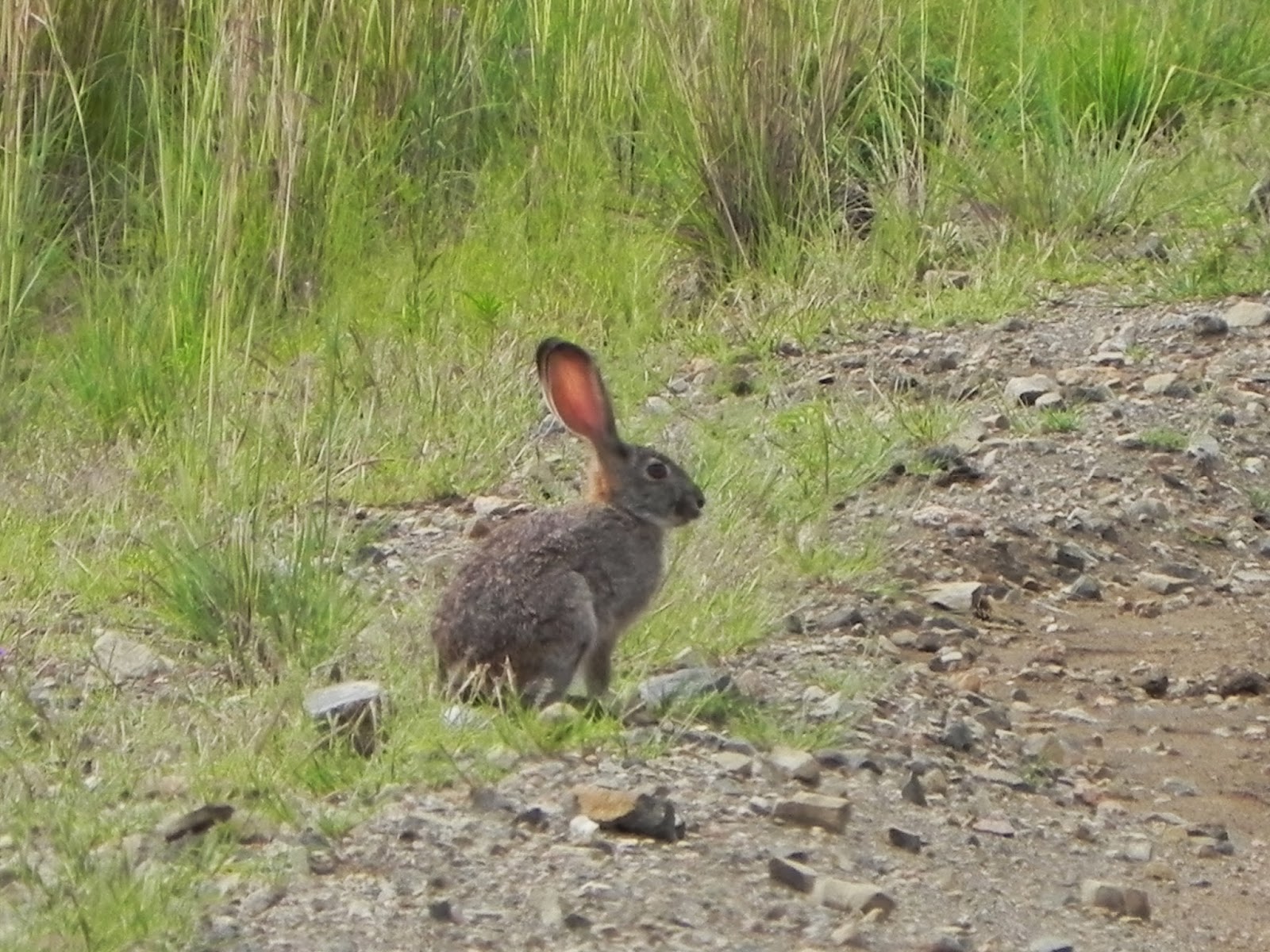MAGIC'S RIDE HOME
 |
| PSV Magic |
Magic is a pure bred Arab stallion (Sidi Ladid x PSV Epic) born on 16th October 2003 near Graaff- Reinet.
In 2012, my daughter Joy worked at
Perseverance Endurance Stud (PSV) near Graaff- Reinet. There she fell in love
with Magic. So when Laura was looking for somebody to take
care of Magic, who better than Joy. The
only problem was to get Magic from
Graaff-Reinet to Rookwood. Nevertheless,
the opportunity arose when both Laura
and
Bob Seegers came to compete in the
Hogsback Endurance ride. PSV Magic was
then loaded into the horsebox with PSV Matrix
and PSV Karoo.
His ride was to cover the 70 kms distance
from
Hogsback to Rookwood.
Flasks filled with hot water, sandwiches
and bananas and more importantly water for Magic were loaded for the long ride
home. Although being part of a strong
endurance line, he has never participated in any endurance ride so this
distance was going to be a good test for his bloodline.
Accompanying Magic and Joy gave me an opportunity to take a closer look at the countryside around me.

The first little guy who posed so nicely for me was that of one of the
many LBJ'z (Little Brown Jobs), - the Wailing Cisticola.
 | |
| Barn swallows and House Martins |
The day was warm and the storm
clouds were building. This normally means there are strong thermals and the BarnSwallows, the Swifts, and House Martins were making use of this while catching the insects in the atmosphere. From early in the morning I drove passing many a telephone line, filled with these little guys.
As we approached the tarred road linking the R67 to Cathcart, a thunderstorm seemed to be moving in behind us. This was when I noticed a water spout, something one does not see every day.
 |
| A water spout. |
 It was Sunday and the road was quite busy, but Magic seemed not too stressed about the traffic. He only showed interest in the 'other' horses he met along the roadside.
It was Sunday and the road was quite busy, but Magic seemed not too stressed about the traffic. He only showed interest in the 'other' horses he met along the roadside. | |||||
| the long uphill |
It was a long uphill walk of 8 kilometres before we reached the turnoff to Jonathan Amos-Brown.
By now it was mid afternoon and another storm was brewing. Fortunately with the long row of trees, the lightning strike right next to them chose the trees instead of the weary walkers. We left Magic in the 'hospital camp' at the Amos Brown's farm.

Monday was too hot so we opted to let Magic rather do his final journey of approximately 30 kms on Tuesday. He was very pleased to see us and so we set off. The day turned out to be quite humid and the veldt was oozing with water from the recent rains.
After a long uphill and pit stop for water, we were nearing our other farm, Duncraggen. The skies were again filled with swifts and rain also seemed to be imminent once again. We passed the turnoff to Duncraggen and headed down the very rocky road towards the Bushmen painting bend.
 |
| rocky downhill from Duncraggen |
 |
| Magic enjoying 'Forty winks' |
Here we stopped for a bite to eat while Magic had 'forty winks'.
 |
| Magic approaching Modderlaagte |
We were now heading for the home stretch, however, there was still a long uphill before we reached the Modderlaagte turnoff. Magic seemed to have gained the extra endurance his breed is known for, and could be pushed along quite nicely.

We passed the QF 37 and knew that counting down;
QF 28 (Rookwood) would be less than 10 farms to go.
A pit stop at the Hilton church for water while watching the storms brewing behind and ahead of us was necessary. Magic now had only one more uphill,namely, Sugarloaf hill and the it was the downhill run into Rookwood.
 |
| Scrub Hare |
Just before Rookwood an early 'riser' a Scrub hare popped out.
There are numerous hares around and normally they feed early evening and morning. This chap was out a little too early.
Upon entering Rookwood the telephone lines were 'covered' with Barn Swallows and House Martins (possibly unbeknown a sign for the very heavy rainfall imminent that evening!) and they continued to fly ahead of us all along the line.
 | ||
| Barn Swallows on telephone line |
At home we unsaddle Magic and safely put him into the camp below the house to enjoy the lovely green grass of home. Later that evening Rookwood was subjected to one of the heaviest downpours in many a year. Of this I will write about in a later blog.
A week has passed and Magic has settled. He has been introduced to Cash (one of Joy's other horses) and after galloping around for a while, they are now both quite happy with each other's company.
 |
| Magic and Cash getting to know each other |












